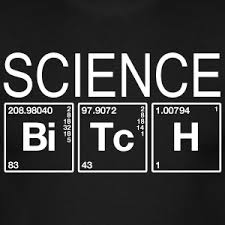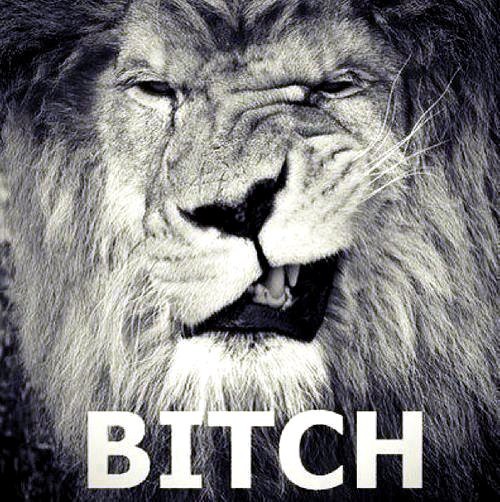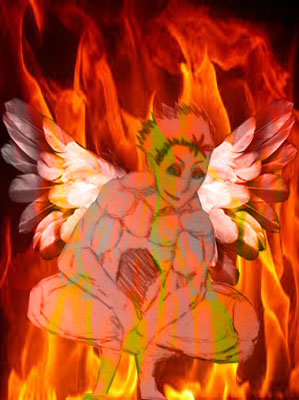I got the opportunity to sit through the opening arguments, hear a few of the government’s witnesses and observe the jury in the James Rosemond (Jimmy Henchman) murder-for-hire trial. Sitting there it became obvious to me why so few defendants take the chance of going to trial and just take plea deals- often in spite of their innocence. Rosemond is now on his third trial; he was convicted of drug trafficking earlier this year and got a mistrial in his murder-for-hire trial in March 2014. Rolling the dice again, Rosemond started his re-trial on the murder-for-hire charge on December 1, 2014. He is up against the government’s 95% conviction rate, unlimited resources and ability to “create” or “paint” any picture they chose to. Regardless of whether you believe in Rosemond’s guilt or innocence… I want to walk you through some of the things that he or any other defendant who decides to fight for their freedom is subjected to… Just sitting in a courtroom during a trial will have you question the concept of a fair trial.
In my opinion, court trials are nothing more than theatrical performances and whichever side gives the best performance and is most persuasive wins.
Act 1 – A Jury of Your Peers
The first joke is the Jury and the concept of a “jury of your peers.” The sixth amendment of the United States Constitution is the part of the United States Bill of Rights that guarantees a citizen a speedy trial and an impartial jury of their peers. If they selected a jury of Rosemond’s peers, then you would have expected his jury to consist of a majority of African-Americans with business experience and an understanding of the hip hop culture or at least individuals in his tax bracket. Not the case. His jury consists of 10 Whites and 2 blacks. In my opinion, it doesn’t matter what year it is or the fact that we have a black president… NO WHITE PERSON CAN EVER UNDERSTAND THE PLIGHT OF THE BLACK MAN OR HIS CULTURE AND LIFESTYLE- especially the hip-hop lifestyle. PERIOD. The mere fact that they don’t have to walk down the street afraid to interact with law enforcement or worry about being killed by the police in cold blood, proves there is no understanding.

The jury selection process is a subject outside of the scope of what I observed, but I do question the process. I couldn’t help but notice that Rosemond has a juror whom admitted English is his second language and I personally witnessed the same juror not understand or ignore the judge’s basic instructions on where he was and wasn’t permitted to eat lunch. Despite a large sign that said NO JURORS ALLOWED, he bought lunch in the wrong cafeteria, risking an interaction with witnesses and attorneys involved in the case. The judge spent 5 of her 15 minute mini-legal course stressing to the jury that they could not under any circumstances discuss the case with ANYONE. And that they were to avoid contact with the lawyers and witness in the case. Speaking for myself, I wouldn’t want someone on my jury that barely speaks English and has trouble understanding it.
On the day the trial began, the jury entered the federal courtroom with their preconceived notions, personal biases and maybe even racist views towards blacks. At the very least they believe a few of the stereotypes that are perpetuated in the media regarding black people. They also came to court with the belief that law enforcement and the government stand for truth and justice and that FBI and DEA agents only get involved in MAJOR crimes. “If the FBI pursued him, he must be a bad guy.”
The jury was then seated in the middle of the elaborately decorated and intimidating courtroom. The design, lighting, furnishings and size of a courtroom are all carefully constructed to give off the appearance of dignity, majesty, and authority of courtroom proceedings. The judge sits commandingly in a black robe behind a raised bullet-proof desk called the bench. Behind the judge are the ostentatious great seals of the jurisdiction and the flags of the appropriate federal government and the United States. The courtroom audience, including the defendant and the jury are thus confronted by a ‘place’ where justice (presumably) occurs. If nothing else, it serves to intimidate all that enter.
Next, the judge gave the jury their instructions. The judge gave them a 10 to 15-minute lesson in the law and the rules of evidence. Yup! 15 whole minutes to understand what it takes a lawyer years to understand. It should be no surprise that many Jurors frequently misunderstand instructions on legal issues and fail to understand what relevant evidence is and isn’t. (Especially, when they don’t understand English.)
The judge also explained to them the presumption of innocence principle, stating to them that the defendant is innocent until proven guilty beyond a reasonable doubt. The black man that the powerful United States government and its Special Agents spent enormous amounts of money to investigate, arrest and bring to trial in this massive and intimidating courtroom is to be assumed innocent. Ha!

And what happened next is just a series of tactics used to confuse and overwhelm the jury with predominately unnecessary and irrelevant information.
Act 2 – Prosecutorial Shenanigans
Prosecutors understand that perception is reality and from the time they file a complaint and an issue a warrant to arrest someone they play on this. Whether it be overcharging an individual or exaggerating the extent of crimes, their ruses are endless and even legal. Prosecutors have been known to trick defendants into cooperating with them or taking plea deals by giving them the impression that their co-defendants are cooperating against them.
Once in court the prosecutions Oscar worthy performance began. First, they displayed before the jury a large aluminum cart on wheels similar to a shopping cart. The evidence cart was filled with dozens of brown legal sized expandable folders that are overstuffed with paper, various exhibits and several large three ring binders. You are never told what is in all of these folders and binders and they don’t use half of them, but the intention is to give the perception that it’s all evidence they have acquired against the defendant. “Wow with all that evidence he must be guilty of something.”
The prosecution doesn’t consist of one lawyer… it is a team. There are at least 3 individuals sitting at the prosecutor’s table at any given time. Again, giving the appearance of authority and importance. This defendant must have done something major to warrant the involvement of all these people.

The prosecutor then gives his opening statement in order to familiarize the jury with the case and give them heads up as to what to expect and what crimes they intend to prove the defendant committed. In Henchman’s case the prosecutor basically informed the jury that James Rosemond known as Jimmy “the Henchman” is a ruthless criminal that hid his criminal activity behind a successful career as an executive in the Hip Hop industry and he ordered the murder of Lowell Fletcher as part of a bitter feud between himself and the rap crew G-Unit. UH OH… not gangster rappers and their feuds. This case involves hip hop and rappers, he must be guilty. Mind you, this is all while standing inches away from Rosemond, dramatically pointing at him and with a raised voice calling him a “ruthless criminal”, “drug kingpin” and telling the jury matter-of-factly that Rosemond had a thirst for blood in his violent feud against rival rap group G-Unit in which he “ordered” his henchman to commit several ruthless acts of violence and murder.
Act 3- Prosecutors Parade of Nonsense
The prosecutors called their first witness, a young man, whose name is irrelevant. He testified that he saw the shooting of Lowell Fletcher, however, he did not see the shooter’s face or anyone else on the scene. He did not even see the gun. So what did his testimony offer? In my opinion, it was nothing relevant. It was just a part of the elaborate show the prosecutor is putting on. They have to make their case appear large and complicated since they have no evidence.
They then called a forensics expert to the stand whose expertise is microscopic analysis of ballistic evidence. He goes on to explain to the jury his credentials that make him an expert. He does so using a bunch of three-syllable scientific terms. They didn’t understand one word he said, but because the government called him an EXPERT, his testimony had to be important and relevant, so they feigned paying him attention and understanding what he was saying. Seeing as the government is not claiming that Rosemond committed the actual shooting or touched the firearm used to shoot Fletcher- there was no reason to have an “expert” witness testify for 20 minutes about firearms, shells and casings. There was no reason to explain in extremely technical detail how the workings of an automatic firearm and a revolver differ. It was just more information they had to absorb and keep track of unnecessarily.
The prosecutor also called to the stand a few NYPD Detectives, an NYPD Sergeant and various Federal Special Agents- all symbols of authority and credibility. All of whom testified to events that were not relevant to the actual murder- but an attempt to establish Rosemond’s pattern of violence. However irrelevant the testimony, the mere presence of this parade of individuals who are supposed to be symbols of integrity and authority were used to demonstrate the severity of the defendant’s alleged crime. What is the difference between an FBI Agent and an FBI Special Agent? Nothing significant, but the title SPECIAL, which implies they are of particular importance and their words should be automatically seen as credible.
CLICK HERE TO READ THE FULL RECAP OF JIMMY HENCHMAN’S CURRENT TRIAL
The post IS THERE ANY SUCH THING AS A FAIR TRIAL? appeared first on Don Diva Magazine.


